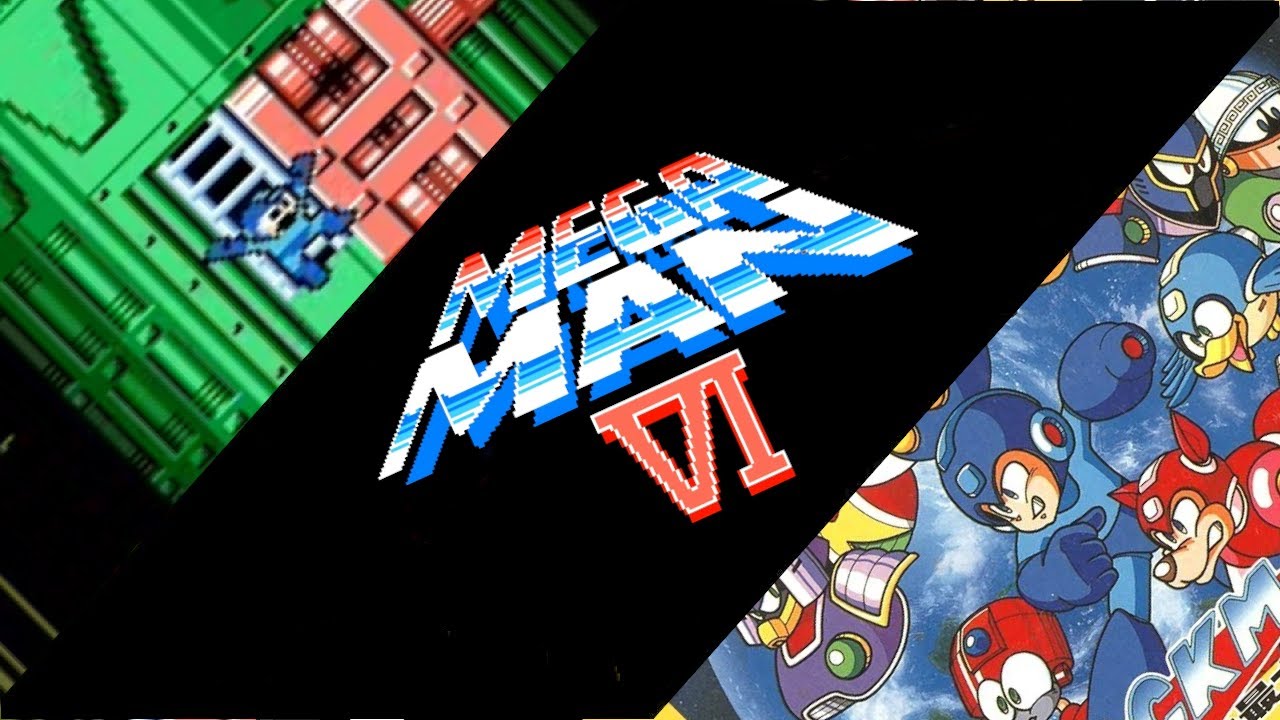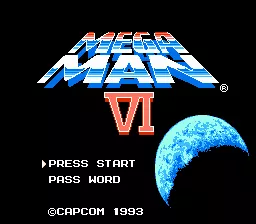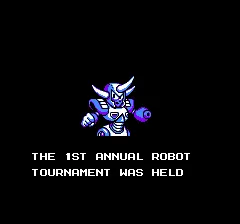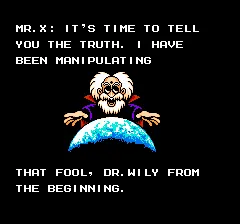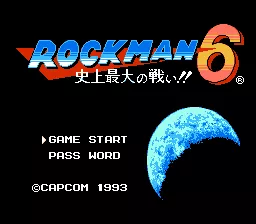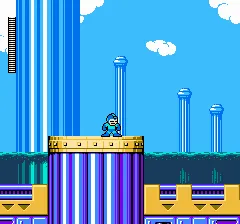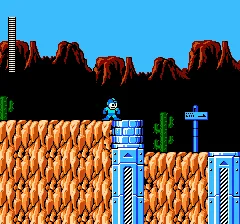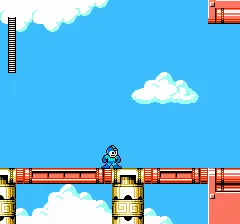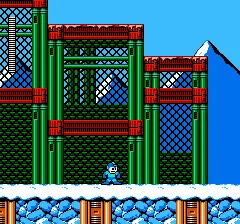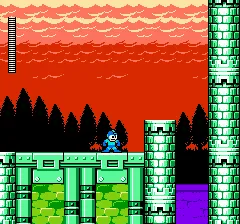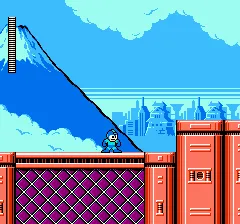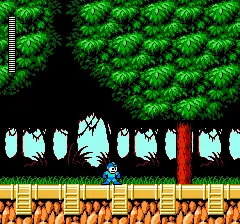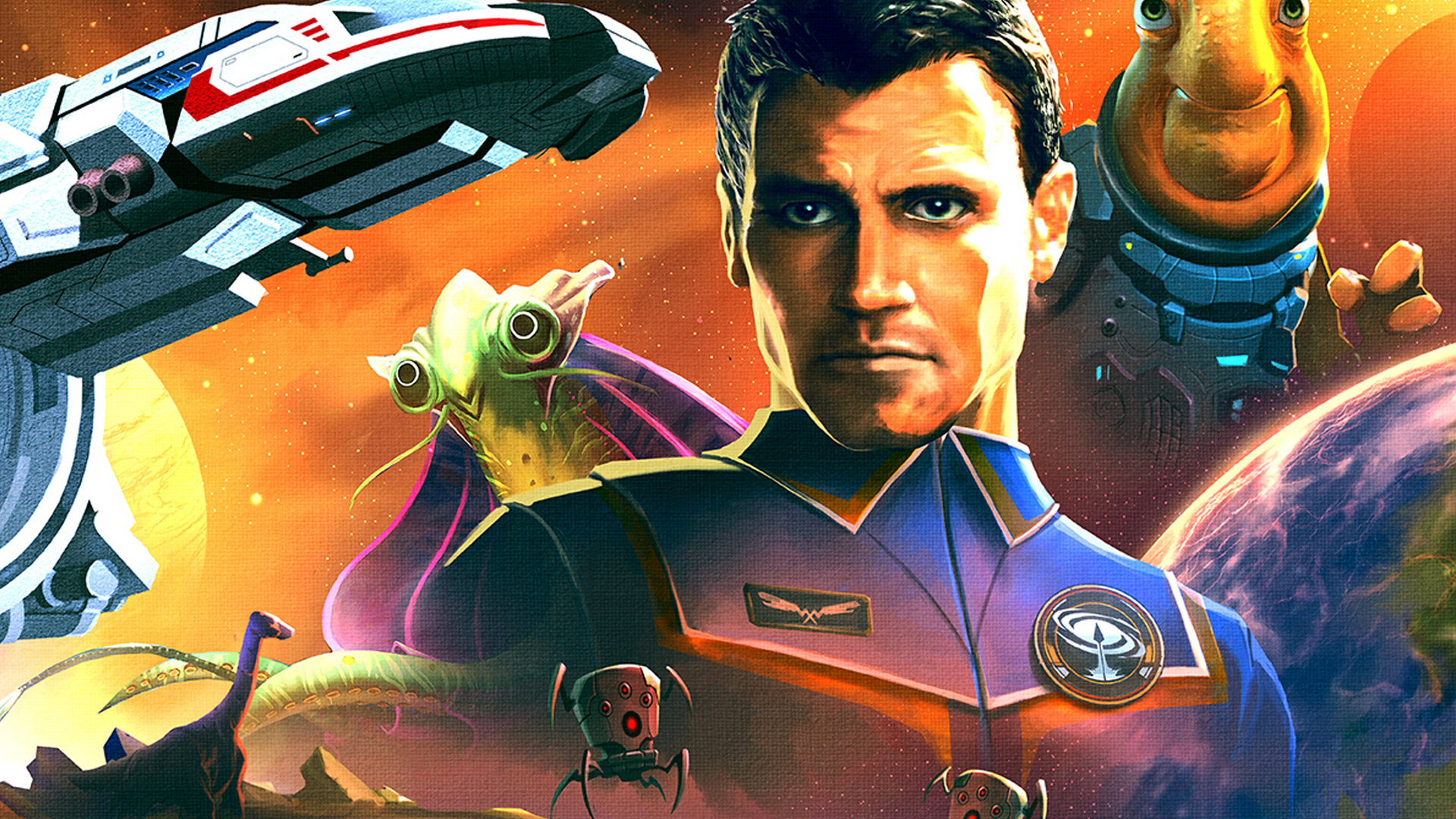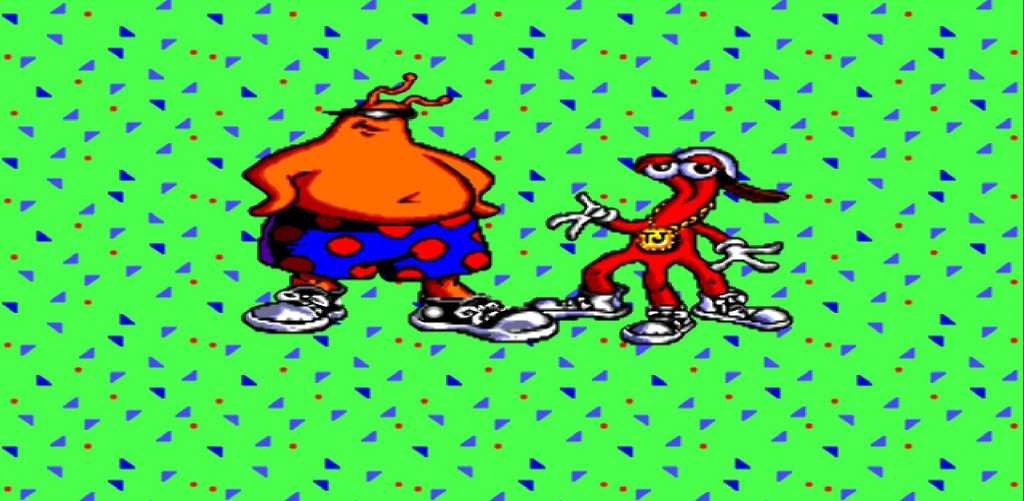(HEY YOU!! We hope you enjoy! We try not to run ads. So basically, this is a very expensive hobby running this site. Please consider joining us for updates, forums, and more. Network w/ us to make some cash or friends while retro gaming, and you can win some free retro games for posting. Okay, carry on 👍)
Retro Review: Mega Man 6 – An NES Swan Song
In the twilight years of the Nintendo Entertainment System (NES), a hero in blue made one final stand before the transition to 16-bit gaming. That hero was Mega Man, and his last NES adventure was “Mega Man 6,” released in 1994 in North America. This review revisits the legacy of one of Capcom’s iconic entries in the series, exploring the game’s development, music, graphics, gameplay, and story, while also touching on its reception and enduring appeal.
Developer’s Craft in the 8-bit Era
Capcom’s development team, led by series creator Keiji Inafune, poured their seasoned expertise into Mega Man 6. By 1994, they had mastered the NES hardware, pushing it to display graphics and animations that belied the console’s age. The developer’s proficiency was evident in the game’s polished feel, a testament to Capcom’s dedication to the Mega Man series.
Aesthetic and Auditory Delights
Mega Man 6 showcased some of the most refined 8-bit graphics of the time. Each Robot Master’s stage was a canvas of vibrant palettes and detailed backgrounds, from the wind-swept dunes of Flame Man’s oil fields to the crisp blues of Blizzard Man’s arctic base. The sprites were expressive, and Mega Man’s new Rush Adapter forms added visual flair to the character’s design.
The music, composed by Yuko Takehara, was a high point in the series. The score captured the essence of each stage with catchy, driving chiptunes that stood shoulder to shoulder with the franchise’s best. Songs like “Flame Man Stage” and “Mr. X Stage” were not just background music—they were anthems that players would hum long after the game was turned off.
Gameplay: Refining the Formula
Gameplay in Mega Man 6 remained true to the series’ roots: run, jump, shoot, and acquire the powers of defeated Robot Masters. However, new to this entry were the Rush Power and Jet Adapters, which allowed Mega Man to merge with his dog, Rush, to gain new abilities. The Power Adapter provided a powerful punch to break certain blocks, and the Jet Adapter allowed for limited flight, opening new pathways and strategies for level navigation.
The level design was intricate, encouraging exploration and re-visiting stages with newly acquired abilities to uncover secrets, alternate routes, and tanks. Boss battles were as challenging as ever, requiring players to learn patterns and exploit weaknesses with precision.
The Tale of the First Robot Tournament
“Mega Man 6” brought with it a narrative that added a global twist to the usual formula. The story revolved around the First Annual Robot Tournament, sponsored by the mysterious Mr. X, who revealed himself to have been manipulating Dr. Wily all along and took the eight strongest Robot Masters to form his own army. Mega Man’s quest to stop Mr. X (ultimately revealed to be Dr. Wily in disguise) spanned the globe, adding a sense of scale and diversity to the adventure not present in previous titles.
Reception and Legacy
Upon release, “Mega Man 6” was both praised and critiqued. Critics applauded the game’s visuals and enjoyable gameplay mechanics but noted that it didn’t deviate much from the formula established by its predecessors. Fans were divided; some appreciated the consistency and polish, while others longed for innovation.
Despite the mixed reactions, “Mega Man 6” secured its place in the hearts of many and is often looked back on with fondness for its role in capping off the NES era of Mega Man games.
Intriguing Facts About Mega Man 6
- “Mega Man 6” was the only game in the main series that was not initially released by Capcom in North America; instead, Nintendo took over publishing duties.
- It featured a unique sponsorship from Nintendo Power magazine, which hosted a contest where fans could design their own Robot Masters, resulting in Wind Man and Knight Man’s inclusion in the game.
- This installment was the first in the series to introduce alternate paths within stages, adding a new layer of depth to the gameplay.
- Despite being released in the twilight of the NES’s lifespan, it showcased some of the most advanced graphics and sound capabilities of the 8-bit system.
Replay Value: A Challenge Worth Revisiting
“Mega Man 6” offers significant replay value thanks to its branching paths, hidden secrets, and the inherent challenge of its gameplay. Mastery of each stage and boss encounter provides a satisfying experience that beckons players to return, whether to beat personal best times or to simply enjoy the well-crafted levels.
A Retro Gamer’s Reflection
“Even decades later, ‘Mega Man 6’ remains a highlight of my gaming collection. The rush of dodging a barrage of attacks to land the finishing blow on a Robot Master never gets old. It’s a game that exemplifies the craft of the NES era.” – Michael Anderson, Retro Replay member
In Conclusion
“Mega Man 6” may not have reinvented the wheel, but it polished the Mega Man formula to a mirror shine. It stands as a testament to the enduring appeal of the Blue Bomber and the potential of the NES hardware, even at the end of its lifecycle. The game’s combination of tight controls, creative level design, memorable music, and engaging gameplay secures its place in the pantheon of classic gaming.
For those looking to experience or revisit this chapter in Mega Man’s history, the game can be found on various compilations and digital platforms. Information about its history and development can be sourced from reputable sites like the Mega Man Wiki (https://megaman.fandom.com) and retrospectives often appear in gaming communities such as Reddit (https://www.reddit.com/r/Megaman/).
Though it may not have been groundbreaking upon its release, “Mega Man 6” offers a challenge and charm that can still captivate players today, making it a worthy play for any retro gaming enthusiast or Mega Man fan.
The verdict.
Graphics - 91%
Sound - 100%
Gameplay - 93%
Replay value - 96%
95%
The rush of dodging a barrage of attacks to land the finishing blow on a Robot Master never gets old.
 Retro Replay Retro Replay gaming reviews, news, emulation, geek stuff and more!
Retro Replay Retro Replay gaming reviews, news, emulation, geek stuff and more!
